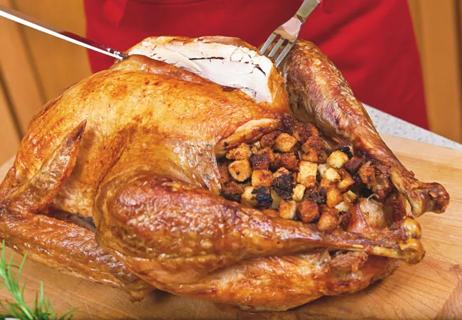The great food storage debate

You’ve returned from the farmer’s market or grocery store with a haul of healthy food. Now you wonder, where do I store it all?
Advertisement
Cleveland Clinic is a non-profit academic medical center. Advertising on our site helps support our mission. We do not endorse non-Cleveland Clinic products or services. Policy
The answer — butter on the counter, anyone? — isn’t always as simple as it seems. Registered dietitian Ariana Fiorita, RDN, LD, IFNCP, gives storage guidelines for some common foods.
Advertisement
Advertisement
Learn more about our editorial process.
Advertisement

Color, texture, smell and expiration date all hold important clues

A guide to cooking or ordering in a restaurant

The short answer from a registered dietitian

When the guests go home, food clean up can be tricky

"Better safe than sorry" applies here

The short answer from a dietitian

CHANGE ADDED NOW Lorem ipsum dolor sit amet. Non voluptatem quibusdam qui nobis laborum in animi autem est veritatis temporibus quo impedit eius. Quo possimus quaerat sit odio omnis est commodi consequatur vel assumenda itaque. I ADDED THIS JUST NOW CHANGE

These typically colorful plant-based substances provide various health benefits that help protect you from disease

Type 2 diabetes isn’t inevitable with these dietary changes

Applying a hot or cold compress can help with pain